Results
-
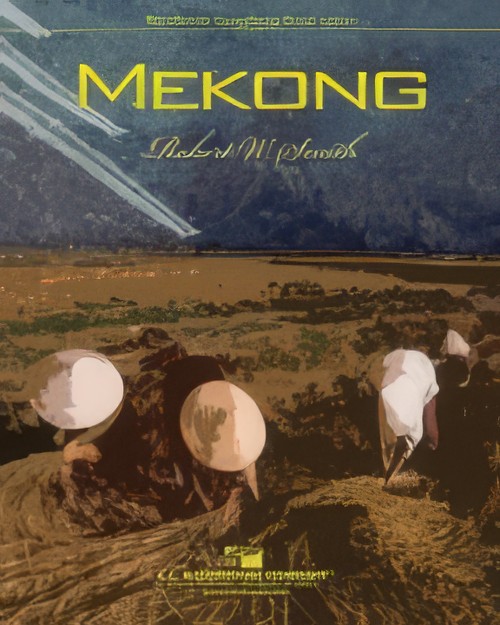 £110.00
£110.00Mekong (Concert Band - Score and Parts) - Smith, Robert W.
Mekong is a river that flows through the heart of Vietnam. Robert W. Smith has created this composition for band based on the Mekong River delta's historic significance during the Vietnam War of the 1960s and 1970s. Beautiful and haunting melodies, lush and dissonant harmonies and acoustically created sound effects combine to provide a concert performance experience that will not be forgotten by performer or audience. This piece completes a compositional journey the composer began in Korea to honor his father and those who served in Southeast Asia. Mekong is highly recommended as a concert showcase and is an emotionally moving tribute to the military veterans of the Vietnam War.Duration: 9.15
Estimated dispatch 7-14 working days
-
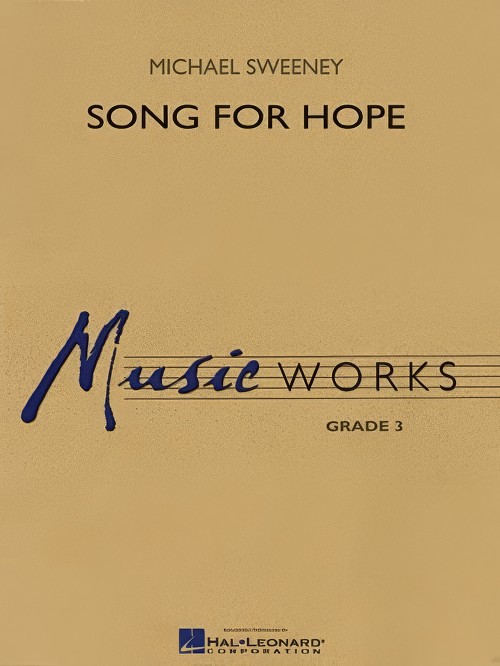 £60.99
£60.99Song for Hope (Concert Band - Score and Parts) - Sweeney, Michael
Written as a memorial for a middle school band student, this sensitive and moving work opens with a chorale played by off-stage brass. A flowing melody stated in the low register is then developed before leading to a brief fanfare-like affirmation. The Korean folk song "You and I" is briefly quoted before returning to the off-stage brass and calm closing passage. A beautifully scored lyric piece for band. Extra players are not required for the off-stage parts.Duration: 4:30
Estimated dispatch 7-14 working days
-
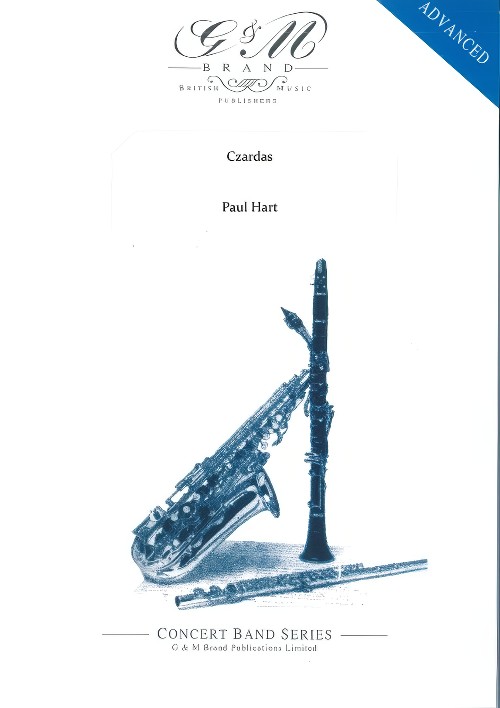 £104.95
£104.95Czardas (Concert Band - Score and Parts) - Hart, Paul
Some time ago Charles Hine, a dear friend, asked me 'Isn't it about time you wrote a Czardas?' It wasn't such a silly idea. I'd studied violin as a child and having learnt numerous show pieces in that style I felt quite at home with the genre. Later in my youth I was lucky enough to work occasionally as accompanist to a lovely lady & singer Eve Boswell, who was partly Hungarian, and was generous enough to give me further insight into the nature of Czardas. Whilst the Wind Ensemble is not the instrumentation one might expect for such a piece the form is albeit rather more long-winded than some of the fiddle 'lollypops'.' - Hart, Paul.
Estimated dispatch 7-14 working days
-
 £20.95
£20.95Czardas (Concert Band - Score only) - Hart, Paul
Some time ago Charles Hine, a dear friend, asked me 'Isn't it about time you wrote a Czardas?' It wasn't such a silly idea. I'd studied violin as a child and having learnt numerous show pieces in that style I felt quite at home with the genre. Later in my youth I was lucky enough to work occasionally as accompanist to a lovely lady & singer Eve Boswell, who was partly Hungarian, and was generous enough to give me further insight into the nature of Czardas. Whilst the Wind Ensemble is not the instrumentation one might expect for such a piece the form is albeit rather more long-winded than some of the fiddle 'lollypops'.' - Hart, Paul.
Estimated dispatch 7-14 working days
-
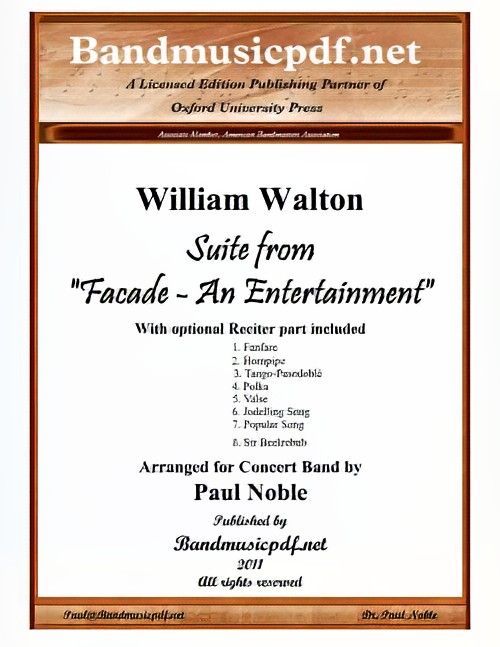 £375.00
£375.00Facade - An Entertainment, Suite from (Concert Band with Optional Narrator - Score and Parts) - Walton, William - Noble, Paul
This Suite from Facade - An Entertainment, composed by William Walton, with poems by Dame Edith Sitwell, presents for the first time a grouping of movements selected and arranged by Paul Noble for Concert Band and optional Reciter. The original composition was written between 1921 and 1928, containing forty-three numbers. They had their origin in a new style of poetry that Edith Sitwell evolved in the early 1920s, poems that her brother Osbert later described as 'experiments in obtaining through the medium of words the rhythm and dance measures such as waltzes, polkas, foxtrots... Some of the resulting poems were sad and serious... Others were mocking and gay... All possessed a quite extraordinary and haunting fascination.' Possibly influenced by the dance references in some of the numbers, Osbert declared that the poems might be further enhanced if spoken to a musical accompaniment. The obvious choice of composer was the young man who lived and worked in an attic room of the Sitwell brothers' house in Carlyle Square W[illiam] T[urner] Walton, as he then styled himself. The now historic first performance of the Facade Entertainment took place in an L-shaped first-floor drawing-room on January 24, 1922. Accompaniments to sixteen poems and two short musical numbers were performed by an ensemble of five players. The performers were obscured from the audience by a decorated front curtain, through which a megaphone protruded for Edith to declaim her poems. This was, as she put it, 'to deprive the work of any personal quality'. The first public performance of Facade was given at the Aeolian Hall on June 12, 1923. By now, fourteen poems had been set, others revised or rejected, and an alto saxophone added to the ensemble. The occasion gave rise to widespread publicity, both pro and contra, and the name of the twenty-one year old W. T. Walton was truly launched. In the ensuing years the Facade has gone through revisions and additions, with full orchestral arrangements of selected movements being made without the Reciter. Former Band Director Robert O'Brien arranged some movements for band, again without Reciter, which are now out of print. So this 'history making' addition is the first opportunity for Concert Bands to present some movements of Facade with poems as originally intended. The luxury of electronic amplification allows the full ensemble to perform without necessarily overshadowing the Reciter. And the arrangements are written with considerable doubling so that the ensemble may play in full, or reduced in size as may be desired for proper balance. And, though not encouraged, the arrangements are written so that the band can perform the music without the Reciter. Program notes are adapted in part from those written by David Lloyd-Jones and published by Oxford University Press in the Study Score of William Walton's Facade Entertainments.
Estimated dispatch 7-14 working days
-
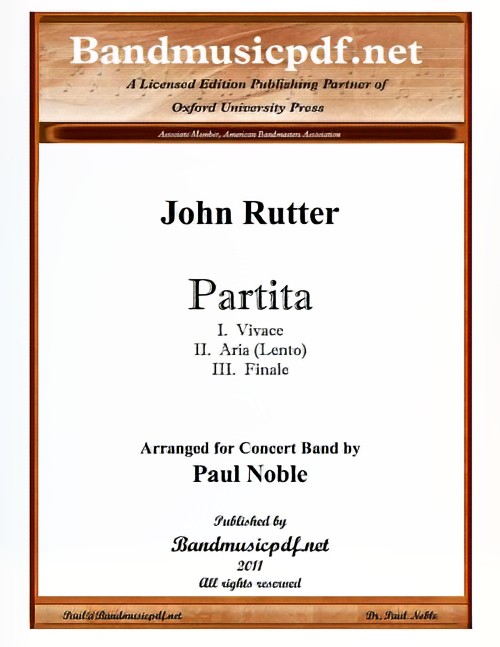 £295.00
£295.00Partita (Concert Band - Score and Parts) - Rutter, John - Noble, Paul
Xylophones ahoy! John Rutter's Partita of 1976, is not a piece you might necessarily have expected from the renowned composer of some of the classics of contemporary sacred choral music. Yet this is a giant of a piece that allows everyone in the ensemble to truly shine, and one which surely will become a significant addition to the repertoire of the Concert Band. With hints of Gershwin, and filled with joy, majesty, wonder, and power, it will excite your ensemble and capture your audience. The original orchestra composition was written for, and dedicated to, the London Junior Orchestra.
Estimated dispatch 7-14 working days
-
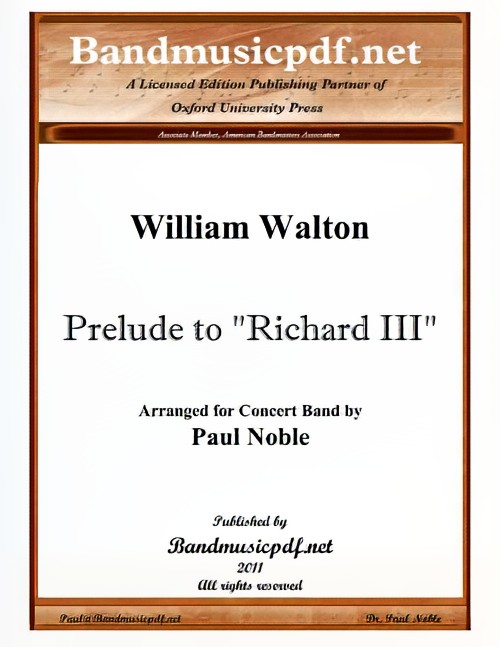 £110.00
£110.00Prelude to Richard III (Concert Band - Score and Parts) - Walton, William - Noble, Paul
In 1955, Walton received two honorary doctorates: from the Universities of Cambridge and London. He also composed this Shakespeare film music for Laurence Olivier, Richard III, one of three Shakespearean film scores by Walton. The music in Prelude to Richard III is not duplicated in A Shakespeare Suite from Richard III which follows next in sequence. Each piece is a complement to the other, and would be a perfect pair on a concert program.
Estimated dispatch 7-14 working days
-
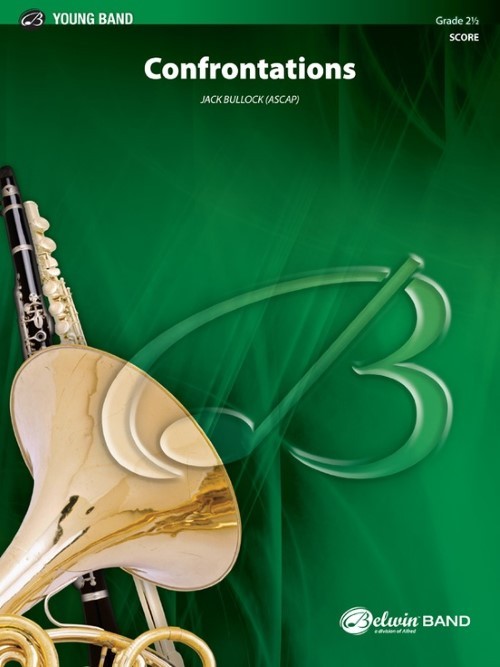 £53.95
£53.95Confrontations (Concert Band - Score and Parts) - Bullock, Jack
Defined, "to oppose a challenge or standing in the way of opposition." In general usage it insinuates that this can likely be resolved and is not as serious as a "fight" or "war." In this music, the composer suggests that a confrontation could be described as a non-harmonic discord which is quickly changed to a pleasing resolution. Energetic percussion contributions enhance this bold contemporary composition.Duration: 5.00
Estimated dispatch 7-14 working days
-
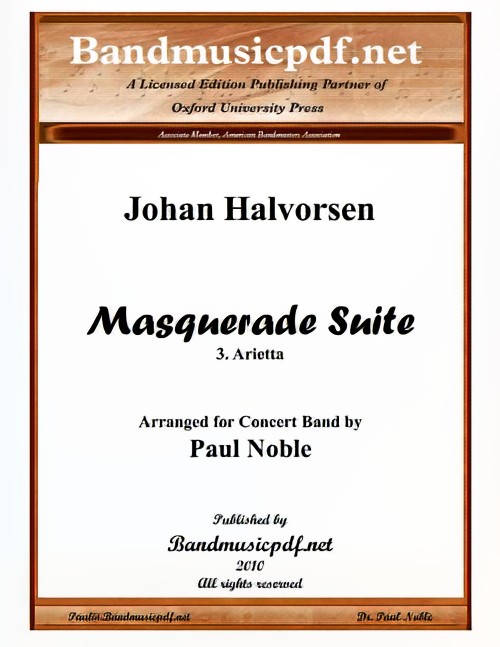 £75.00
£75.00Arietta (from Masquerade Suite) (Concert Band - Score and Parts) - Halvorsen, Johan - Noble, Paul
Masquerade Suite was composed by Johan Halvorsen, one of the best-kept secrets of Norway. Not only was he an accomplished violinist and conductor, but also he was among the most prominent Norwegian composers in the generation following Edvard Grieg. His compositions develop the national Romantic tradition of his friends Grieg and Svendsen, but his was a distinctive style marked by brilliant orchestration inspired by the French Romantic composers. The original version of Masquerade Suite had nine movements. Paul Noble has selected five of the most suitable movements for band transcription and grouped them into this beautiful suite. The U.S. Navy Band in Washington, D.C. gave the premiere performance of this work. The first movement, Holberg Overture, sets the mood, pace, and musical themes for the entire suite, with rousing opening themes, followed by a grand fugue in the development section. This is clearly a piece for accomplished bands, giving all wind players a real workout. Each of the succeeding movements has a distinctive style, making the suite a significant addition to the repertoire of the Concert Band. Especially noteworthy is the Arietta, the easiest of the movements, and can easily stand alone with its haunting flute and oboe melodies and dramatic crescendo, the crisp solos in the Molinasque, and the final movement, which is very much like a circus march, fast, lively and short!
Estimated dispatch 7-14 working days
-
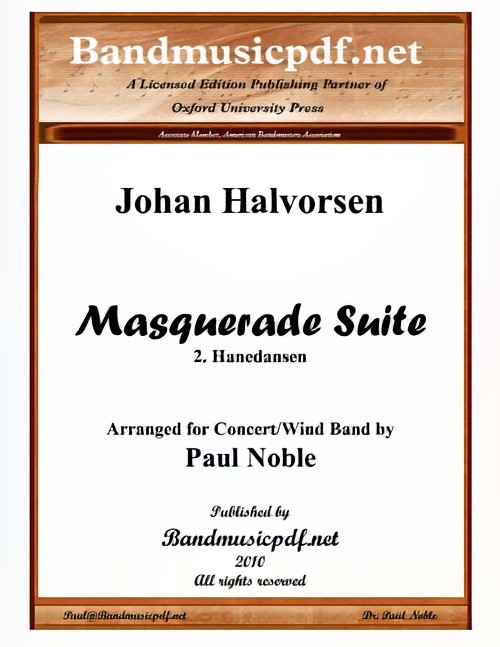 £75.00
£75.00Hanedansen (from Masquerade Suite) (Concert Band - Score and Parts) - Halvorsen, Johan - Noble, Paul
Masquerade Suite was composed by Johan Halvorsen, one of the best-kept secrets of Norway. Not only was he an accomplished violinist and conductor, but also he was among the most prominent Norwegian composers in the generation following Edvard Grieg. His compositions develop the national Romantic tradition of his friends Grieg and Svendsen, but his was a distinctive style marked by brilliant orchestration inspired by the French Romantic composers. The original version of Masquerade Suite had nine movements. Paul Noble has selected five of the most suitable movements for band transcription and grouped them into this beautiful suite. The U.S. Navy Band in Washington, D.C. gave the premiere performance of this work. The first movement, Holberg Overture, sets the mood, pace, and musical themes for the entire suite, with rousing opening themes, followed by a grand fugue in the development section. This is clearly a piece for accomplished bands, giving all wind players a real workout. Each of the succeeding movements has a distinctive style, making the suite a significant addition to the repertoire of the Concert Band. Especially noteworthy is the Arietta, the easiest of the movements, and can easily stand alone with its haunting flute and oboe melodies and dramatic crescendo, the crisp solos in the Molinasque, and the final movement, which is very much like a circus march, fast, lively and short!
Estimated dispatch 7-14 working days
